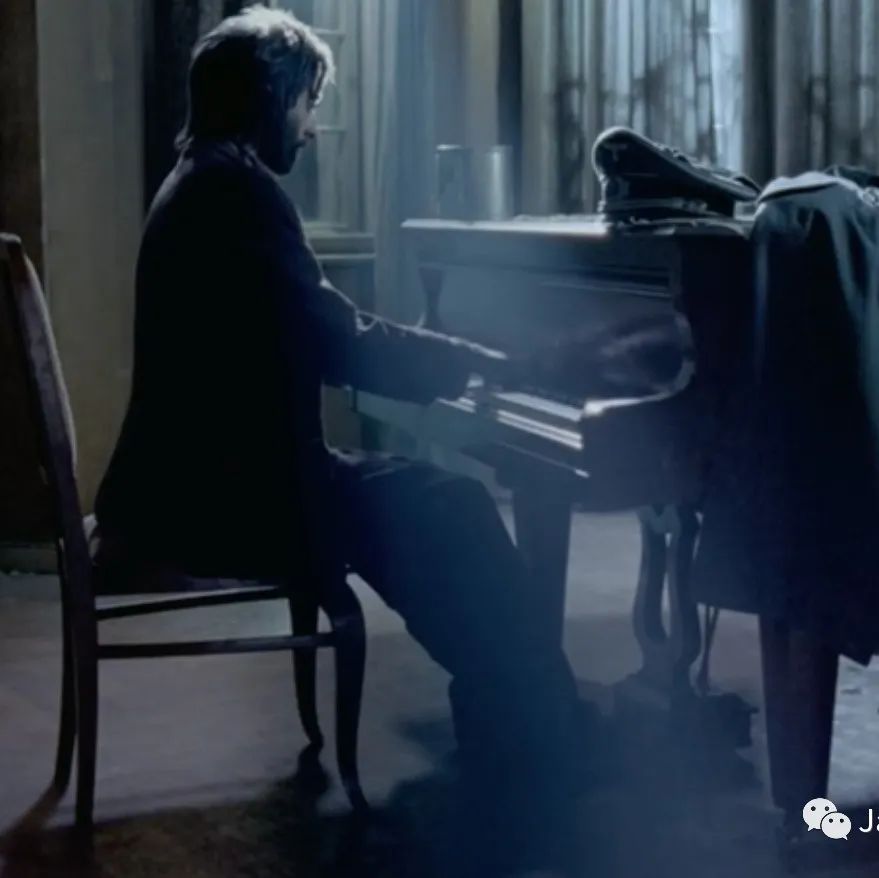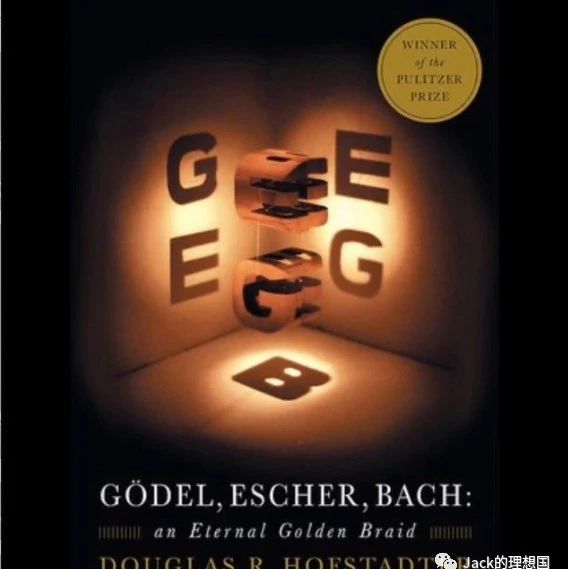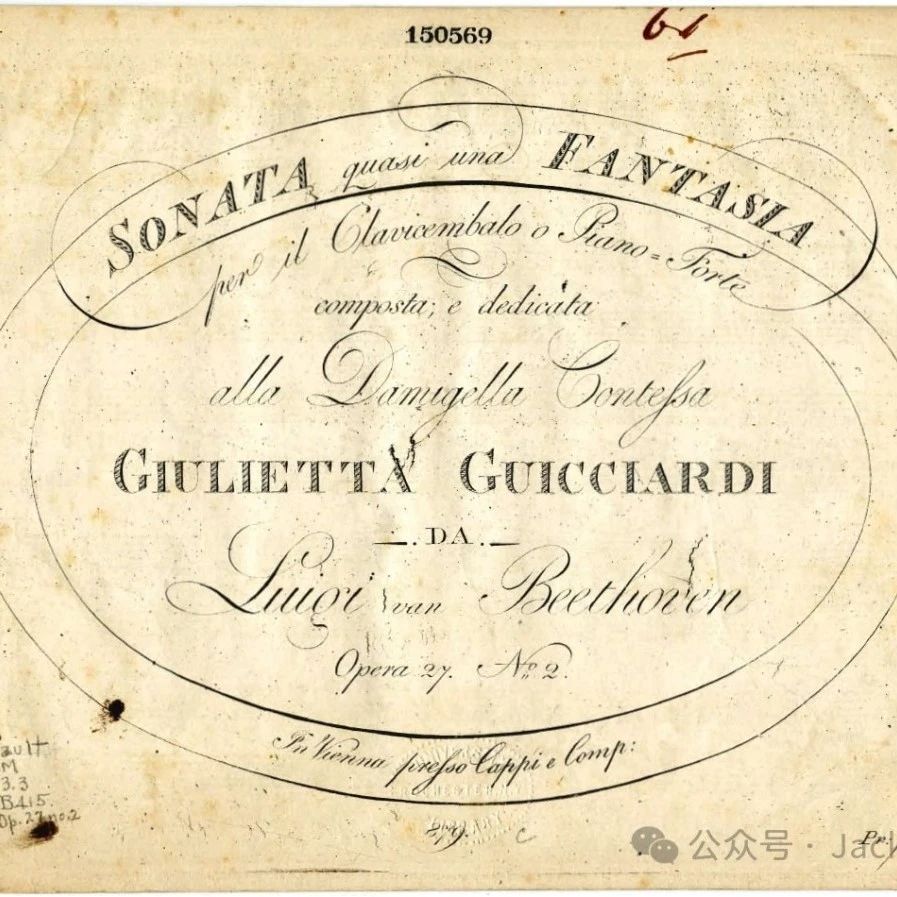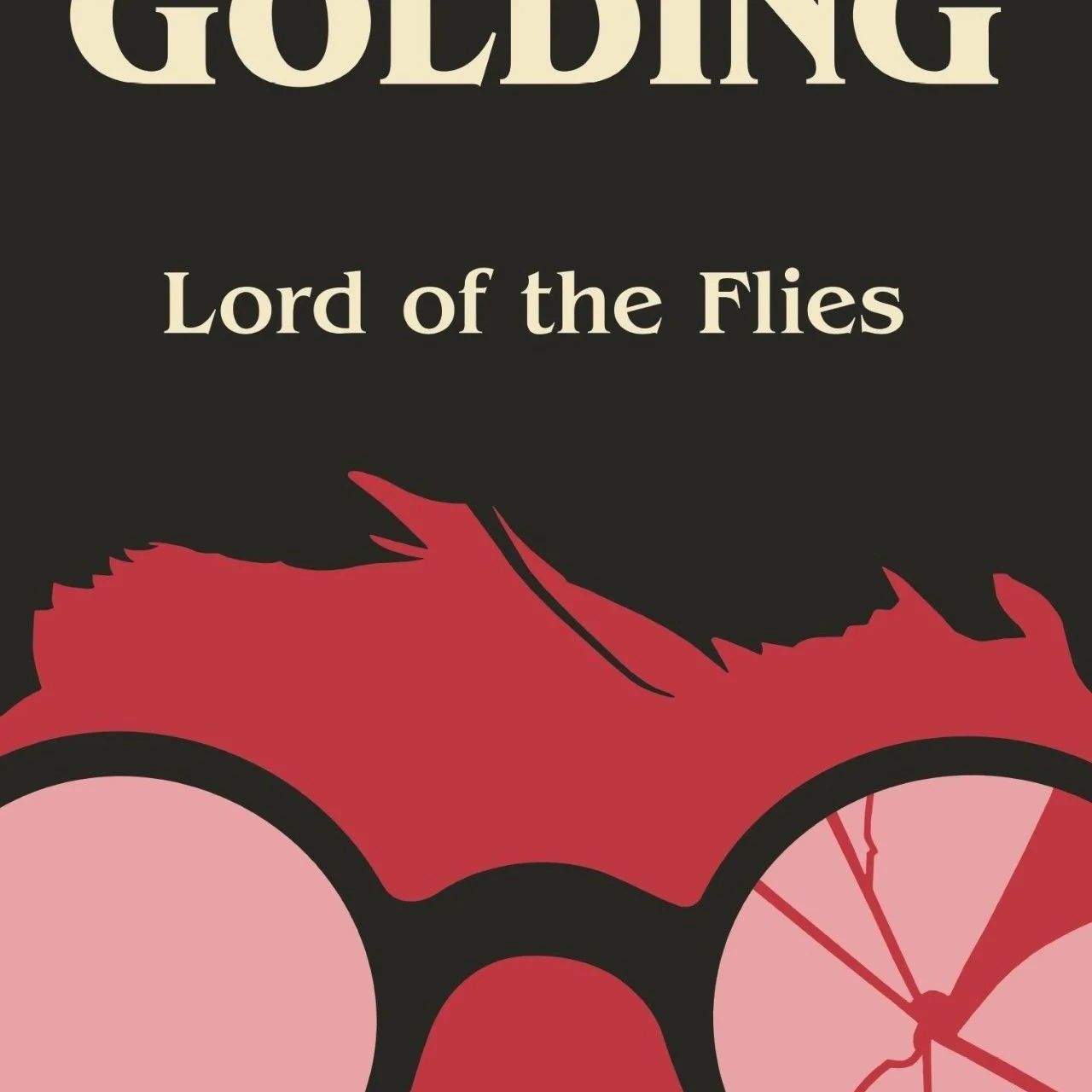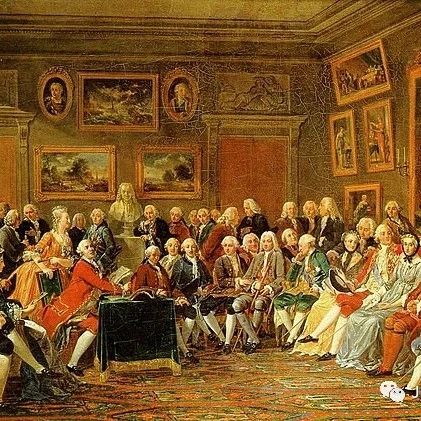The History in Music 2: Film Music 4 音乐中的历史2:电影音乐4
Steven Spielberg's Schindler's List and Roman Polanski's The Pianist can be considered masterpieces in film history. Their success can be attributed to these two films' effectiveness in exploring human nature. Film music is indispensable in creating and developing relevant themes during this exploration.
Schindler's List was adapted from the novel possessing the same name written by Australian author Thomas Keneally. The film tells the story of how Nazi member Oskar Schindler saved the lives of more than 1000 Jews by making them work in his factory during World War II. This film not only aims to document the horrendous pogroms during the Holocaust but also portrays the power of hope and kindness amidst dark times. In particular, the story of Schindler reveals the capability of the positive side of human nature to surpass all boundaries and that every individual can adopt their way of demonstrating compassion and wisdom.
The music for Schindler's List is one of John Williams's best pieces. When John Williams watched the initial film, he told Steven Spielberg, the director: "You need a better composer than I am for this film," to which Spielberg replied: "I know. But they're all dead." In the end, Williams did compose a piece that matches the grandeur, depth, and messages of Schindler's List.
The tempo is relatively slow, and several ritardando markings are at the closing of phrases. The slow tempo assists the melody in expressing a continuous string of emotions and prolongs each note's effect on the audience's heart. The slow tempo displays more textures and layers of the music more clearly, allowing the audience to immerse in the complexity and depth of the film entirely. There is additionally a lot of repetition of the initial phrase. The repetition continuously emphasizes the theme and thus the sorrow and hope that are pertinent to it. Combined with the other musical elements, Williams composed a masterpiece that fits the film's overall mood and enhances and highlights the powerful messages that the producers want the audience to perceive.
The structure of this ballade imitates a sonata, which can be divided into a lead-in, exposition stage, development stage, recapitulation, and coda. In the film scene, the director inserted the lead-in, recapitulation, and the coda. This structure serves the plot development of this film. The parts together form a hero's journey, summarizing the horror, desperation, ultimate struggle, and firm belief of Szpilman. The initial lead-in and exposition stage is slow, careful, and restrained, resembling the fright and hopelessness felt by Szpilman at the start of the war. However, with the piece's progression, it becomes fast, energetic, and fearless, resembling Szpilman's rooted will to protect his homeland, signifying that victory after the struggle against fate shall come.
The two structures and sets of the background music of the two films share similarities in exploring human nature. Both films utilize the development of the plot with the assistance of music to show the power of human kindness. kindness can span across races, space, time, and ideologies. One individual's compassion possesses the power to deliver to a larger community. As one Jewish proverb puts it, "Whoever saves one life saves the world." In Schindler's List, Schindler saves not only the lives of 1000-plus Jews but also his own soul and the will to compassion. This saving portrays individual kindness's ability to impact vastly. In The Pianist, the German officer and everyone who help Szpilman along the way does not only save his life, but also all the beauty of humankind that would have been destroyed. This is, again, the power of human kindness.
WORKS CITED
Universal Pictures. “Schindler’s List | ‘I Didn’t Do Enough.’” YouTube, 3 Dec. 2019, www.youtube.com/watch?v=W9vj2Wf57rQ.
MSN公积金."电影《钢琴家》最精彩片段,波兰钢琴家斯皮尔曼演奏肖邦第一叙事曲." Bilibili, 28 Oct. 2022, https://www.bilibili.com/video/BV1sA411g7Lt/?spm_id_from=333.337.search-card.all.click.
史蒂文·斯皮尔伯格(Steven Spielberg)执导的《辛德勒的名单》与罗曼·波兰斯基(Roman Polanski)执导的《钢琴家》均是电影史上的经典之作。它们之所以成为经典,最核心的在于其电影关于战争与人性主题探索的成功,在这个过程中,电影音乐在烘托和推进主题方面的作用至关重要。
《辛德勒的名单》改编自澳大利亚小说家托马斯·肯尼利的同名小说,讲述了一名身在波兰的纳粹党员奥斯卡·辛德勒如何在二战时通过雇佣1000多名犹太人在他的工厂工作,从而帮助他们逃脱在集中营被屠杀的命运。这部电影不仅试图记载纳粹在大屠杀期间所犯下的暴行,而且在悲剧的同时还揭示了希望和善良的力量。特别是,它旨在表明,人性的光明可以超越一切界限,每个普通人都可以以自己的方式展现善良与智慧。
《辛德勒的名单》的配乐可以说是约翰-威廉姆斯创作的最引人注目的杰作之一。当约翰-威廉姆斯看了最初的无配乐电影后,他告诉导演史蒂文-斯皮尔伯格:"你需要一个比我更好的作曲家来创作这部电影的电影音乐"。斯皮尔伯格回答说:"我知道,但他们都已经死了"。最后,我认为威廉姆斯确实创作了一首与《辛德勒的名单》宏伟、深刻主题相匹配的作品。
该片的主题音乐是最著名的。在乐器方面,约翰·威廉姆斯决定使用古典管弦乐队。主旋律由小提琴独奏,并由其他弦乐和铜管伴奏。小提琴的音色庄重而又柔和。音符之间的转折是以一种典雅和情感活跃的方式演奏的。该乐器完美地传递了与电影场景和要旨相关的悲伤与细微的希望。主题音乐用D小调写成,加强了悲剧和庄严感,衬托出电影的总体气氛。然而,音乐并没有完全被负面情绪所浸染。在每个乐句的结尾处,总会有一个轻微的转折,转为大调和弦,在庄严和冷漠中传递出希望和温暖的力量。因此,从乐器与调性的微妙利用中,人们可以看到威廉姆斯是如何成功地将他的音乐与电影中的信息同时编织在一起的。这首曲子速度相对较慢,在乐句的结尾处有几组明显的渐慢。缓慢的速度有助于旋律表达出完整延绵的情感,延长每个音符在观众心中所激荡的效果。换句话说,缓慢速度的作用是以更清晰的方式展示音乐的更多纹理和层次,让观众完全沉浸在影片的复杂性和深度中。此外,最初的乐句也有很多重复。这种重复不断地创造出对主题以及与之相关的悲伤和希望的强调。与其他音乐元素相结合,威廉姆斯创作了一部代表作,不仅符合影片的整体情绪,而且还增强和明确了创作者希望观众感知的强大主旨。
史实性电影《钢琴家》根据波兰犹太作曲家斯皮尔曼的自传改编,描写了二战时期一位犹太裔钢琴家瓦拉迪斯劳·斯皮尔曼在德国纳粹占领区内艰难生存的故事。作为一部背景在波兰的电影,影片中将许多波兰作曲家肖邦的经典曲目巧妙插入到情节中。最引人入胜的一段就是斯皮尔曼在影片结尾处遇到德国军官后演奏的那段《G小调第一叙事曲》。这里,斯皮尔曼弹奏的曲子,其节奏变化、情感基调都衬托着影片主人公当时的性格特征与心理发展脉络,并成功地总结了整部电影情节到此的波动,暗示了之后故事发展的方向。从这首叙事曲的写作背景来看,1831年,肖邦离开祖国波兰的当年创作了这部作品。波兰当时被沙皇俄国与普鲁士蹂躏瓜分,华沙起义失败,强烈的思乡情与亡国恨激发肖邦创作了这部史诗级的作品。这样的写作背景与斯皮尔曼在电影中的人物设置极其相似,斯皮尔曼也一直在流亡,目睹了祖国波兰和犹太同胞的苦难。从曲式结构上看,第一叙事曲大致为奏鸣曲式,分为引子、呈示部、展开部、再现部、尾声,电影插入了引子、呈示部与最后的尾声(coda)。这个音乐结构有效服务于电影的情节发展脉络,像一段英雄旅途,概括了斯皮尔曼的惊恐、无奈、绝望,到最后的挣扎与信念的坚定。初始的引子与呈示部曲调缓慢,似乎小心翼翼和充满畏惧,就像斯皮尔曼在战争开始时的恐慌与绝望。但是随着曲子的发展,曲调变得快速、激昂,无所畏惧,正如斯皮尔曼这位犹太波兰人保家卫国的坚定信念,并暗示着反抗命运后的胜利即将到来。从调性上看,第一叙事曲的主要调性是G小调。小调将这首曲子抹上一层哀伤与悲壮,这也与电影的整体氛围相契合。
两部电影的叙事结构和背景音乐在探索人性方面具备同频共振的特性。从人性思考方面出发,两部电影均通过情节的展开、音乐的推动在探讨黑暗时期人性“善”的力量。“善”可以跨越种族、时空、意识形态的差别,一个人的善可以影响一个更大的群体。正如一句犹太谚语所言:“救下一个生命的人也救下了全世界”(Whoever saves one life saves the world entire)。在《辛德勒的名单》中,辛德勒不仅救下了1000多名犹太人的性命,更是对自身的一种救赎,是纯粹的向善力量,这是个体“善”的更广层次的影响。在《钢琴家》中,德国军官以及一路上一直帮助斯皮尔曼的人,不仅拯救了他的生命,也拯救了所有即将毁灭的人性美好,这再一次体现出“善”的力量。
- 本文标签: 原创
- 本文链接: http://www.jack-utopia.cn//article/386
- 版权声明: 本文由Jack原创发布,转载请遵循《署名-非商业性使用-相同方式共享 4.0 国际 (CC BY-NC-SA 4.0)》许可协议授权
